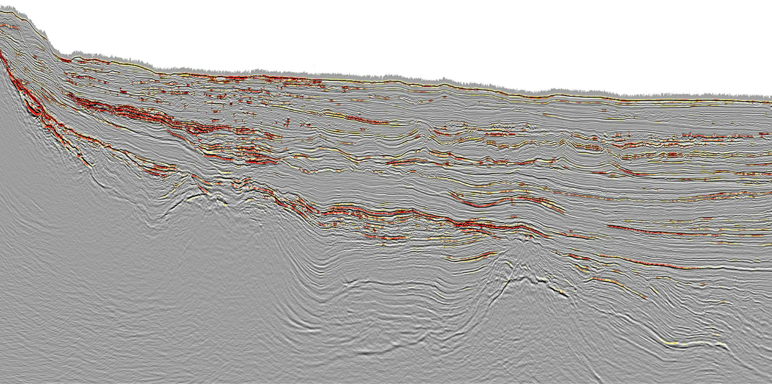The reason Sierra Leone is attracting so much interest is simple; the exciting, extensive hydrocarbon proceptivity and the stable and investable above-ground environment.
Sierra Leone has more than 400 km of Atlantic coastline that can be tectonically reconstructed back to fit with the Guyana Basin, a truly world-class oil-rich conjugate twin. The source rocks for the 15 Bbbls being produced in Guyana were deposited following the rift between the South American and the West African plates. Sierra Leone’s Venus, Mercury and Jupiter fields are all being sourced from the rocks deposited in the same environment of the same Cretaceous age, the same as those sourcing neighbouring commercial fields in Cote D’Ivoire and Ghana’s Jubilee field.
Previous drilling offshore Sierra Leone has proven the working hydrocarbon system, with 7 of the 8 previous wells hitting hydrocarbons and providing near commercial success. These wells targeting Upper Cretaceous fan systems with class II/III AVO anomalies proved that all the petroleum system elements were in place and that the thermal regime was suited for oil generation and preservation. Oils recovered to surface were described as ‘light sweet crude oil with a gravity of between 34° and 42° API’ in multiple stacked reservoir sequences.
The existing high-quality seismic imaging (as shown in the associated figure) provides extensive AVO anomalies, indicating huge untapped potential in the clastic reservoirs which were well sorted during deposition.
The above-ground terms and running room available make Sierra Leone a very attractive offshore investment opportunity, especially when combined with the flexibility and straightforward approach the PDSL has shown under the leadership of Foday Mansaray. The Licence Round deadline extension now provides additional time to review the seismic and well data before making an application.
Ben Sayers, GeoPartners; Ahmed Tejan Bah, PDSL.

